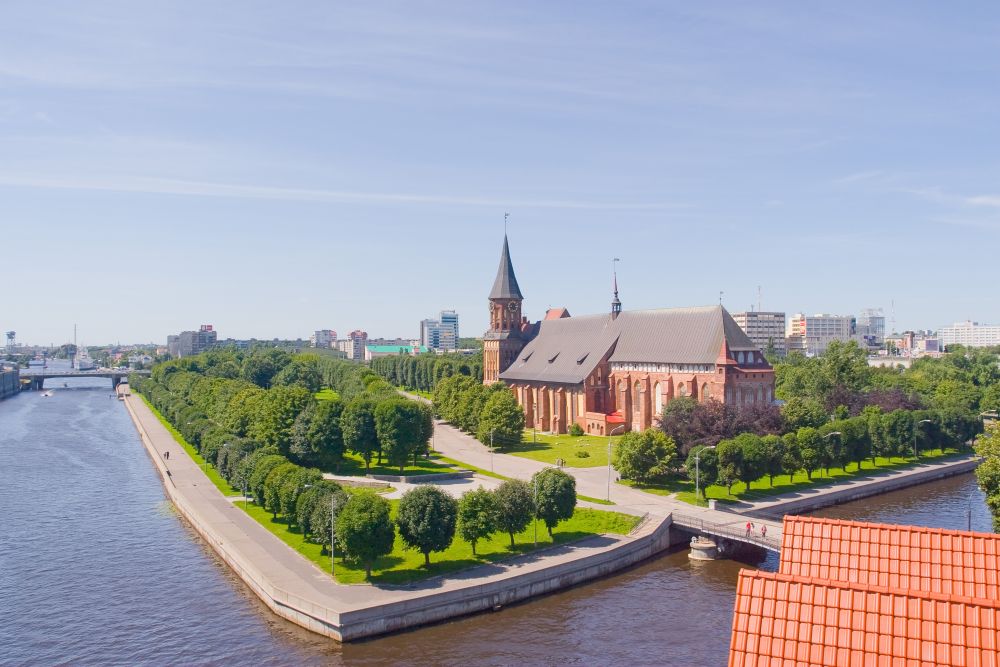

Koenigsberg Cathedral is a historical landmark located in Kaliningrad (formerly Koenigsberg), which is nestled on the Pregolya River in Russia. The cathedral has a rich history that intertwines with the cultural and political shifts in the region. Originally part of Prussia, the city of Koenigsberg was a central hub for the Teutonic Order and was known for its architectural beauty and academic institutions.
The construction of the Koenigsberg Cathedral began in the 14th century and was completed in several stages. It was a symbol of the prosperity of the Teutonic state and later the Kingdom of Prussia. The cathedral is dedicated to the Virgin Mary and St Adalbert and is a prime example of Brick Gothic architecture.
Throughout the centuries, the cathedral witnessed numerous historical events, such as the secularization of the Teutonic Order, the Protestant Reformation, and its consequent conversion into a Lutheran church. It became an important cultural center, with the establishment of the University of Koenigsberg in the 16th century, where the renowned philosopher Immanuel Kant once taught.
The Second World War devastated the city of Koenigsberg, and the cathedral suffered extensive damage during the aerial bombings of 1944. The ruins remained untouched during the Soviet era as the region, renamed Kaliningrad, was closed to most visitors.
In the post-Soviet period, there was a revival of interest in the area's German heritage. The cathedral began to be restored in the 1990s, and by 2006, the majority of the restoration work was completed. It now houses a museum dedicated to the history of the city and the cathedral, and a Kant museum focused on the philosopher's works and life.
In recent years, Kaliningrad has emerged as an increasingly popular tourist destination, and the Koenigsberg Cathedral plays a central role in that rise.
With its spires and red-brick façade, the cathedral stands out as a testament to the city's past and attracts visitors interested in history, culture, and architecture. Tourists can enjoy organ concerts, art exhibitions, and attend religious services in the cathedral.
The cathedral's location on Kneiphof island makes it especially picturesque. Surrounded by parks and the river, the area is a charming spot for walks and relaxation. The tomb of Immanuel Kant, located next to the cathedral, is also a significant draw for visitors.
As tourism trends focus more on authentic and historical experiences, Kaliningrad and the Koenigsberg Cathedral are poised to benefit. Efforts to promote the region's unique identity, including its German and Soviet history, have begun to attract international attention.
Looking forward, Kaliningrad may continue to develop its infrastructure to support tourism growth, capitalizing on the cathedral's appeal and the broader historical narrative of the region.
Koenigsberg Cathedral remains a cornerstone of cultural tourism in Kaliningrad, inviting visitors to explore a place where different eras, ideologies, and styles collide, creating a distinctive destination with a complex past and a promising future.